Getting a powerful leg day workout at home is entirely possible with the right tools and approach, and the NordBench is your perfect partner in this fitness journey. Designed to facilitate an array of effective leg exercises, this versatile equipment targets various muscle groups, helping you achieve strong legs without ever stepping foot in a gym.
In this guide, we'll introduce you to three efficient leg day workout routines you can easily perform at home, focusing on both strengthening and toning your lower body muscles.
Key Takeaways
- Build strength with minimal equipment: These at-home leg workouts using tools like the NordBench and resistance bands target your quads, hamstrings, and glutes without needing heavy weights.
- Quick, effective routines for busy schedules: Each workout is designed to maximize muscle engagement in a short amount of time, making it easy to fit into your day.
- Target every muscle group in your legs: From squats to lunges, these workouts ensure balanced development, strengthening every major muscle in your lower body.
Whether you're a seasoned fitness enthusiast or just starting to incorporate leg workouts into your routine, these exercises will empower you to elevate your fitness game right from the comfort of your living room.
Leg Day Working Sets
Nordic Curls and Rear Foot Elevated Split Squats
Nordic curls are a powerful exercise for building hamstring strength and improving muscle fiber engagement. Using the NordBench, adjust the ankle rollers for a secure fit, and position yourself with your knees bent and feet flat. Lean forward, maintaining a straight line from your head to your knees, and lower your body in a slow and controlled movement. This exercise is ideal for targeting lower body muscles, especially the hamstrings.
Next, transition to rear foot elevated split squats for a comprehensive lower body workout. Stand with your feet hip width apart and place your left foot on the NordBench behind you. Keeping your torso upright, lower your body until your right knee is bent at 90 degrees, then push through your right heel to return to the starting position. This exercise not only strengthens your leg muscles but also enhances balance and coordination. Repeat for both legs to ensure balanced strength development.
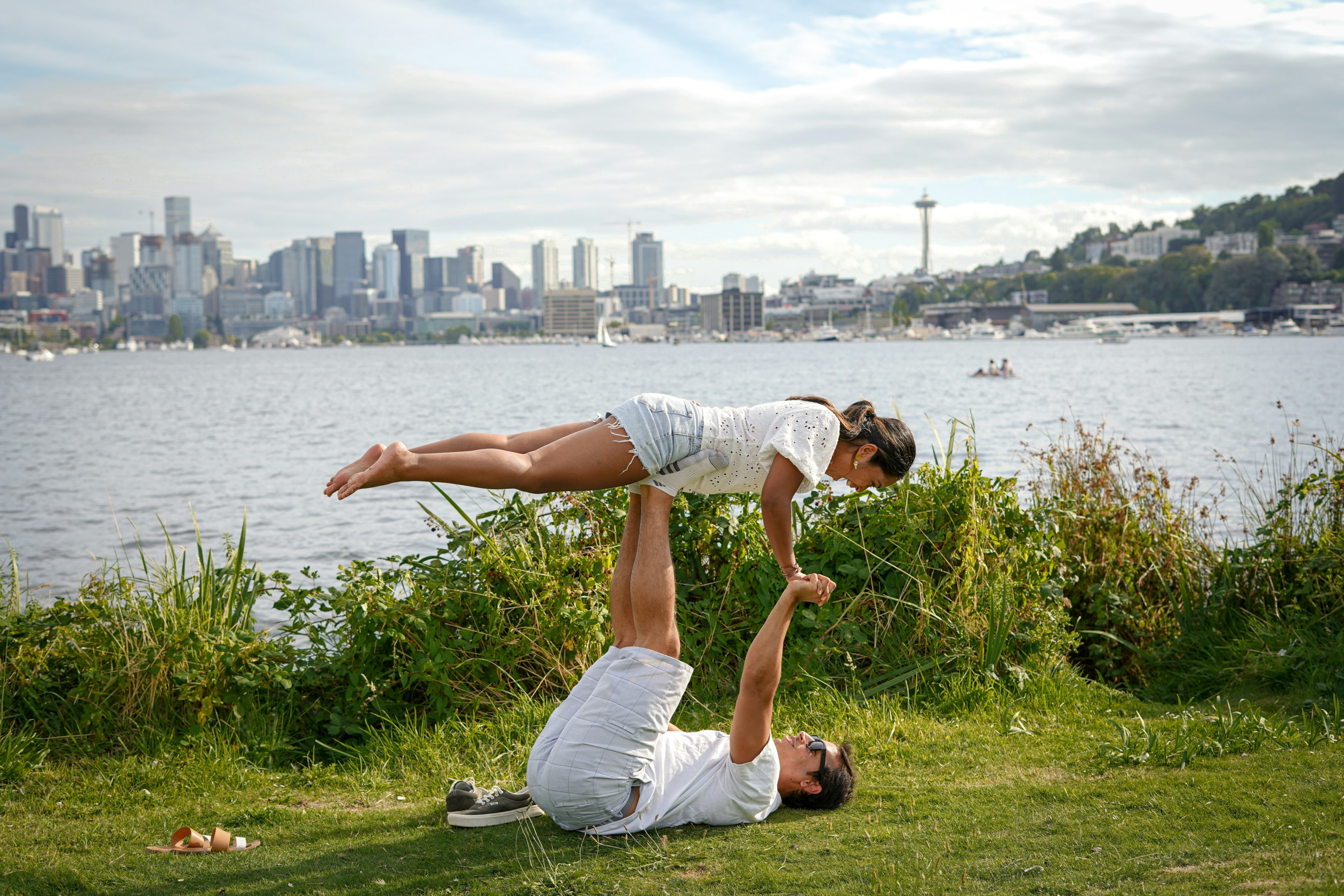
Back Extension and Hip Thrusts
Incorporate back extensions using the NordBench to target the lower back and core muscles. Adjust the bench's angle to suit your height and comfort. Begin in a standing position with your feet hip width apart, and lean forward with a straight back. As you hinge forward, engage your core tight and lift your upper body back to the starting position. This exercise strengthens the lower back, supporting overall lower body stability and muscle recovery.
For hip thrusts, position your upper back on the NordBench with your feet flat on the floor, shoulder width apart. Keep your knees bent and lift your hips towards the ceiling, squeezing your glutes at the top of the movement. Lower your hips slowly, maintaining control throughout. This exercise is crucial for enhancing glute strength and improving lower body power. The combination of these exercises in your leg workout routine promotes balanced development and increased lower body strength.
Finish Strong with Goblet Squats
End your leg day workout with goblet squats, an effective exercise for targeting the quadriceps, glutes, and inner thighs. Stand with your feet shoulder width apart, holding a dumbbell close to your chest with elbows bent. This squat variation helps in maintaining proper form and balance. Keeping your torso upright, lower your body into a squat position, ensuring your knees bent and align with your toes pointing forward. Your feet should stay flat on the ground.
Push through your heels to return to a standing position, focusing on activating the leg muscles throughout the movement. Performing goblet squats at the end of your workout helps maximize muscle engagement and endurance. Aim for 50 reps for time to challenge your lower body strength and stamina. This bodyweight leg workout concludes your routine on a high note, ensuring you gain strong legs and improved overall lower body strength.
Tips for a Successful Leg Workout
Listen to your body and make adjustments as needed.
Paying attention to your body's signals is crucial during any workout, especially when focusing on leg exercises. Each individual’s fitness journey is unique, so it’s important to modify your leg day workout routine to suit your needs. If you experience discomfort in your knee joint or any other area, ensure you adjust your movements accordingly to avoid injury. For instance, if your left knee feels strained during a squat, consider reducing the range of motion or adjusting your stance to keep your feet hip width apart.
Additionally, use proper form to maximize the effectiveness of your leg workouts and prevent strain. This could mean starting with just your body weight before adding resistance. Monitor how your muscles respond to exercises like goblet squats or hip thrusts, and make necessary changes to your routine. Remember, the goal is to build strength progressively while ensuring safety and long-term muscle recovery.
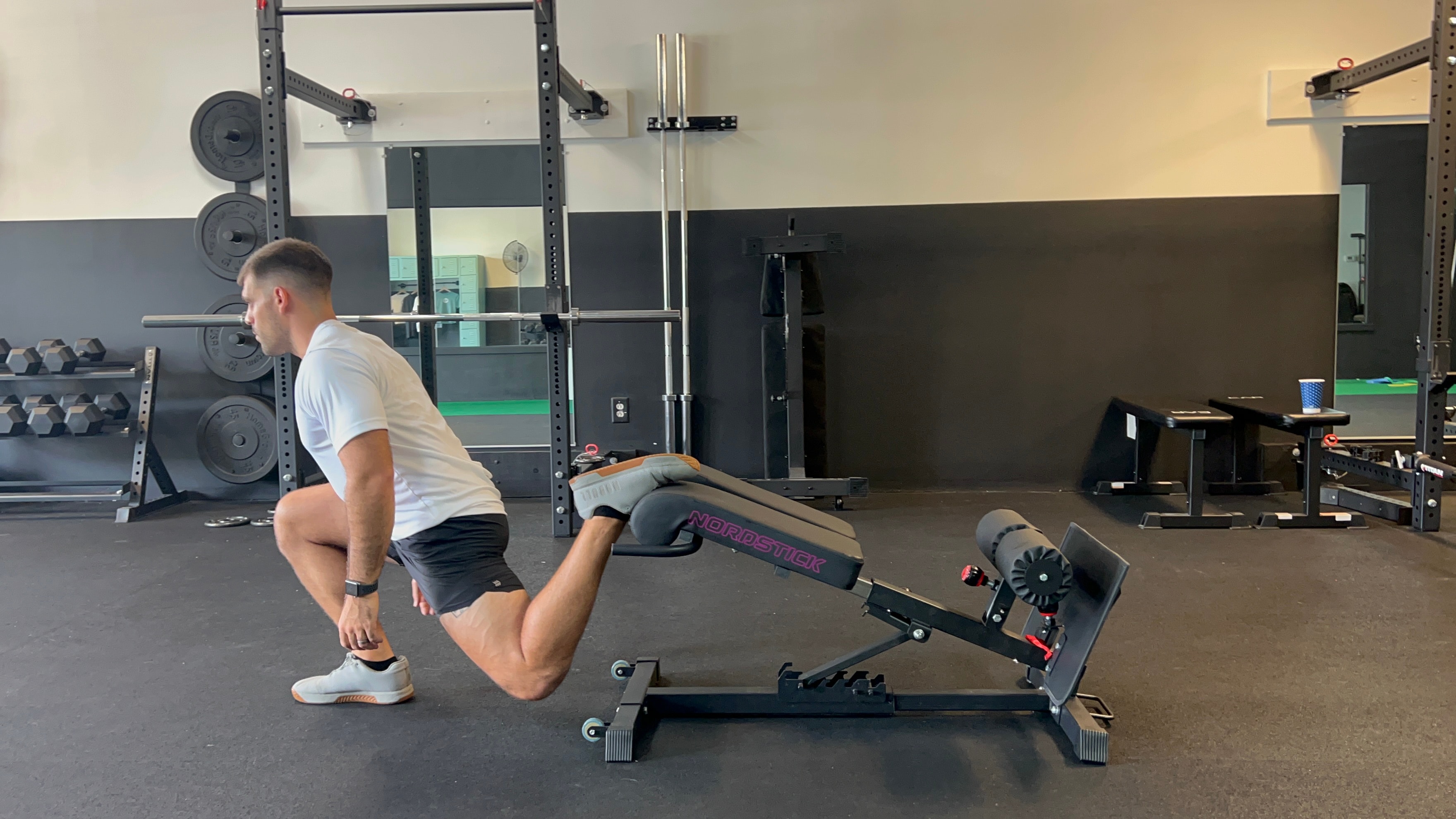
Experiment to find which leg exercises work for you and what challenges you the most.
Finding the right leg exercises that suit your body and fitness level is essential for an effective workout. Experiment with different movements to determine which exercises engage your leg muscles best and challenge you the most. For instance, if you find that single-leg squats significantly improve your balance and strength, consider incorporating them into your routine more frequently.
Try variations like Bulgarian split squats or reverse lunges to see how they impact your lower body workouts. Pay attention to exercises that effectively target specific muscle groups, such as the calf muscles, inner thighs, or glutes. It's important to include a mix of exercises that not only build strength but also enhance flexibility and endurance.
Remember, the goal is to create a workout routine that pushes your limits safely and effectively. By regularly assessing your progress and adapting your leg day exercises, you’ll continue to improve and achieve your fitness goals.
A consistent exercise routine not only improves physical health but also mental well-being.
Maintaining a consistent exercise routine is fundamental for enhancing both physical health and mental well-being. Regular leg workouts, for instance, not only build lower body strength and endurance but also contribute to improved mood and reduced stress levels. Engaging in exercises like goblet squats or single-leg calf raises releases endorphins, often referred to as the body's natural mood lifters.
Consistency in your leg day workouts helps establish a routine that can lead to better sleep patterns, higher energy levels, and increased mental clarity. Moreover, setting and achieving fitness goals boosts self-confidence and provides a sense of accomplishment, further enhancing mental health.
Whether you're incorporating leg exercises at home or using equipment like the NordBench, the key is regularity. By dedicating time to your fitness routine, you cultivate a balanced lifestyle that positively impacts both your body and mind, supporting overall well-being.
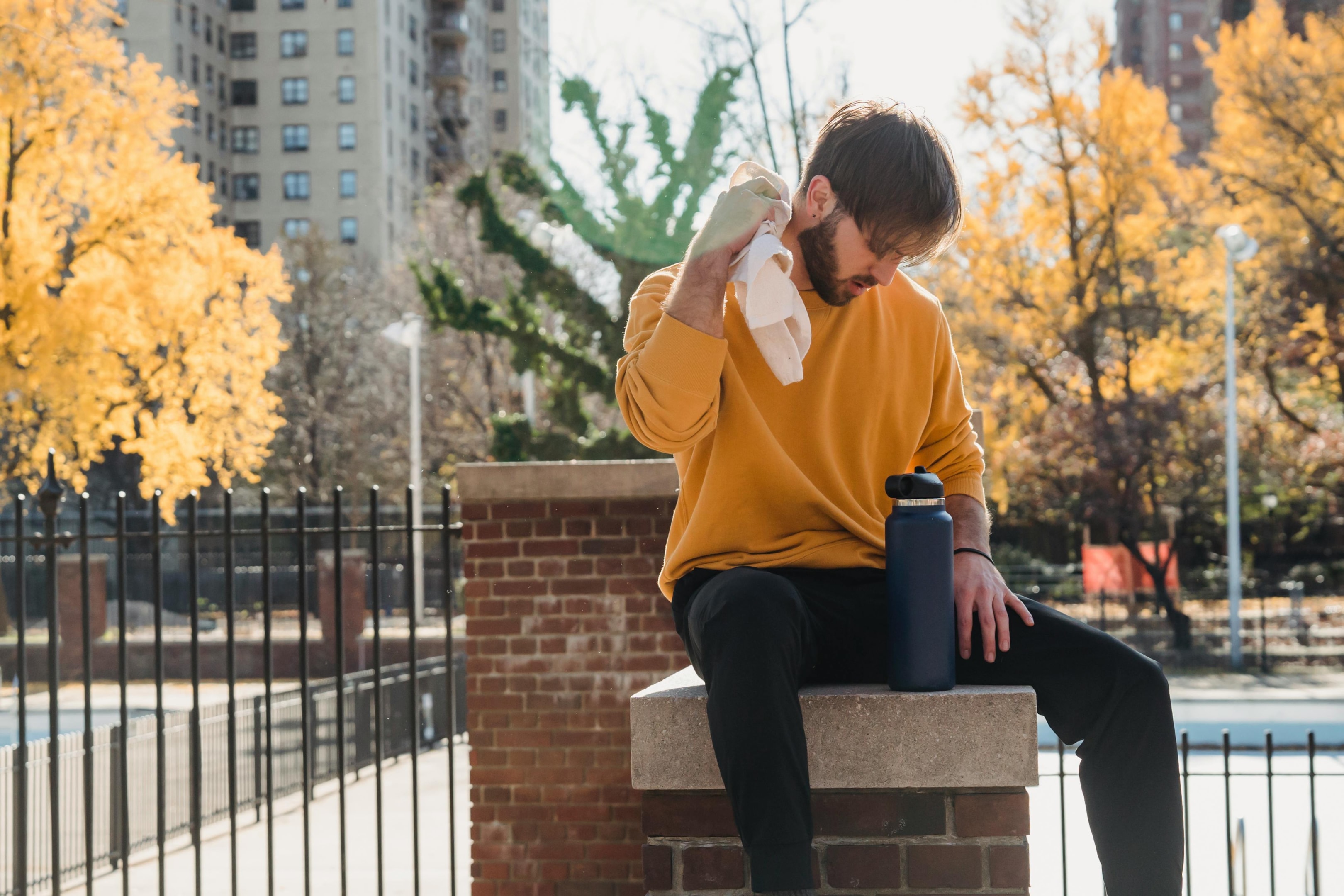
How Often to Do Leg Workouts
Don’t do leg exercises every single day.
While it might be tempting to work on your leg muscles daily for quicker results, it is crucial to allow time for recovery and growth. Performing leg exercises every day can lead to overtraining, increasing the risk of injury and muscle fatigue. Instead, aim to incorporate leg day workouts into your routine two to three times a week, ensuring you have rest days in between.
During these rest periods, your muscles repair and grow stronger, enhancing overall performance. Alternating between different muscle groups and incorporating rest days into your workout routine allows your body to recover effectively. This approach not only prevents burnout but also optimizes muscle growth and endurance.
Listening to your body is key; if you notice persistent soreness or fatigue, consider extending your recovery time. Remember, balance is essential for a sustainable fitness journey that promotes both physical strength and long-term health.
Give leg muscles a 24-hour rest period at minimum to recover and restore between workouts.
Allowing your leg muscles at least a 24-hour rest period between workouts is fundamental for effective recovery and muscle development. This downtime enables muscle fibers to repair and regenerate, which is crucial for building strength and preventing overuse injuries. If you engage in intense leg day exercises such as Nordic curls or goblet squats, your muscles need time to heal from the micro-tears that occur during these workouts.
During these rest periods, focus on activities that promote recovery, such as stretching, hydration, and nutrition. Light activities like walking or yoga can help maintain flexibility and blood circulation without straining your muscles. This approach not only aids in muscle restoration but also enhances overall workout performance.
By incorporating adequate rest into your leg workout routine, you ensure that your muscles are well-prepared for your next session, leading to more effective and sustainable fitness progress over time.
Aim to do leg workouts 1-2 times per week.
Incorporating leg workouts into your routine 1-2 times per week strikes a balance between building strength and allowing adequate recovery time. This frequency is optimal for developing lower body strength without overworking your leg muscles. By scheduling workouts with a few days in between, you ensure that muscle groups have sufficient time to repair and grow stronger.
When planning your leg day, focus on a variety of exercises that target different areas, such as the quadriceps, hamstrings, and glutes. Incorporating exercises like hip thrusts and split squats can help achieve a well-rounded workout routine. Additionally, varying the intensity and volume of your workouts can prevent plateaus and encourage continual progress.
This approach not only fosters muscle development but also reduces the risk of injury from overtraining. By maintaining this frequency, you support a sustainable and effective fitness journey that optimizes both performance and recovery.
Common Mistakes to Avoid
Not warming up properly before starting a workout.
Skipping a proper warm-up before beginning your leg workout can significantly increase the risk of injury and reduce the overall effectiveness of your session. Warming up prepares your muscles, joints, and cardiovascular system for the demands of the workout, enhancing performance and reducing the likelihood of strains.
A thorough warm-up should last around 5-10 minutes and include dynamic stretches and movements that mimic the exercises in your workout routine. For leg workouts, consider incorporating activities such as leg swings, lunges, or light jogging in place. These exercises increase blood flow to the muscles and enhance flexibility, preparing your body for more intense movements.
By prioritizing a warm-up, you ensure that your muscles are more pliable and responsive, which can lead to better form and execution during exercises like squats or lunges. Ultimately, a proper warm-up sets the stage for a safe and productive workout session.

Not using proper form and technique when performing exercises.
Using improper form and technique during leg exercises can hinder your progress and lead to potential injuries. Proper form ensures that you are effectively targeting the intended muscle groups and maximizing the benefits of your workout. Without it, exercises like squats or lunges might place undue stress on your knees, hips, or lower back.
To maintain proper form, focus on aligning your body correctly during each movement. For example, when performing a squat, keep your feet shoulder width apart, toes pointing forward, and ensure your knees track in line with your toes as you lower your body. Your torso should remain upright, and your core tight to support the movement.
It's beneficial to start with just your body weight to master the technique before adding resistance. If you're unsure about your form, consider using a mirror or recording your workouts to self-assess and adjust as necessary. Proper technique not only prevents injury but also enhances the effectiveness of your leg workouts.
Not giving your muscles enough time to rest and recover between workouts.
Failing to allow your muscles sufficient time to rest and recover between workouts can impede progress and elevate the risk of overtraining injuries. Recovery is a crucial component of any effective workout regimen, as it is during this time that muscle fibers repair and grow stronger. Without adequate rest, you may experience fatigue, decreased performance, and increased susceptibility to injuries.
To optimize recovery, ensure that you have at least 24 to 48 hours of rest between intense leg workouts. This break allows your muscles to heal and adapt, contributing to better strength and endurance over time. Additionally, incorporate activities that promote recovery, such as stretching, hydration, and balanced nutrition.
Listening to your body is essential; if you feel persistent soreness or fatigue, consider extending your recovery period. By prioritizing rest and recovery, you support long-term progress, maintain muscle health, and enhance the overall effectiveness of your workout routine.
Conclusion
Incorporating effective leg day workouts at home is an achievable goal with the right strategy and equipment like the NordBench. By focusing on exercises such as Nordic curls, split squats, and goblet squats, you can build strong, balanced leg muscles without the need for a gym. Remember to include a proper warm-up, maintain correct form, and allow sufficient recovery time between sessions to maximize your results and minimize the risk of injury.
Additionally, tailoring your workout routine to your personal fitness level and goals will ensure continued progress and motivation. By experimenting with different leg exercises and listening to your body, you can create a sustainable workout plan that supports both physical and mental well-being. Ultimately, consistency and mindful practice are key to achieving lower body strength and overall fitness success from the comfort of your home.
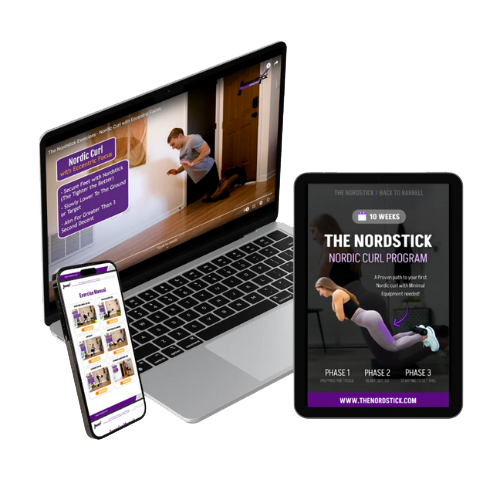


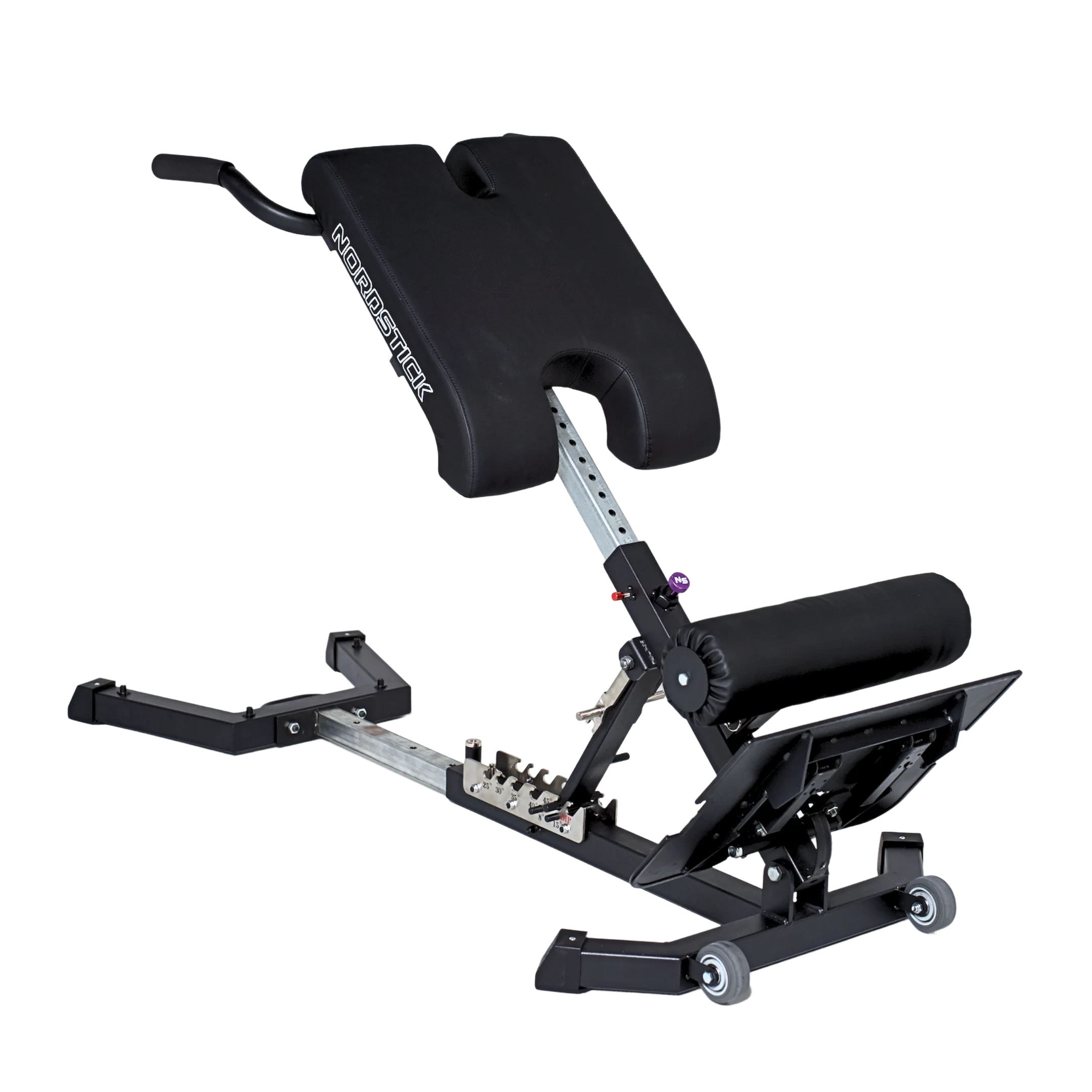
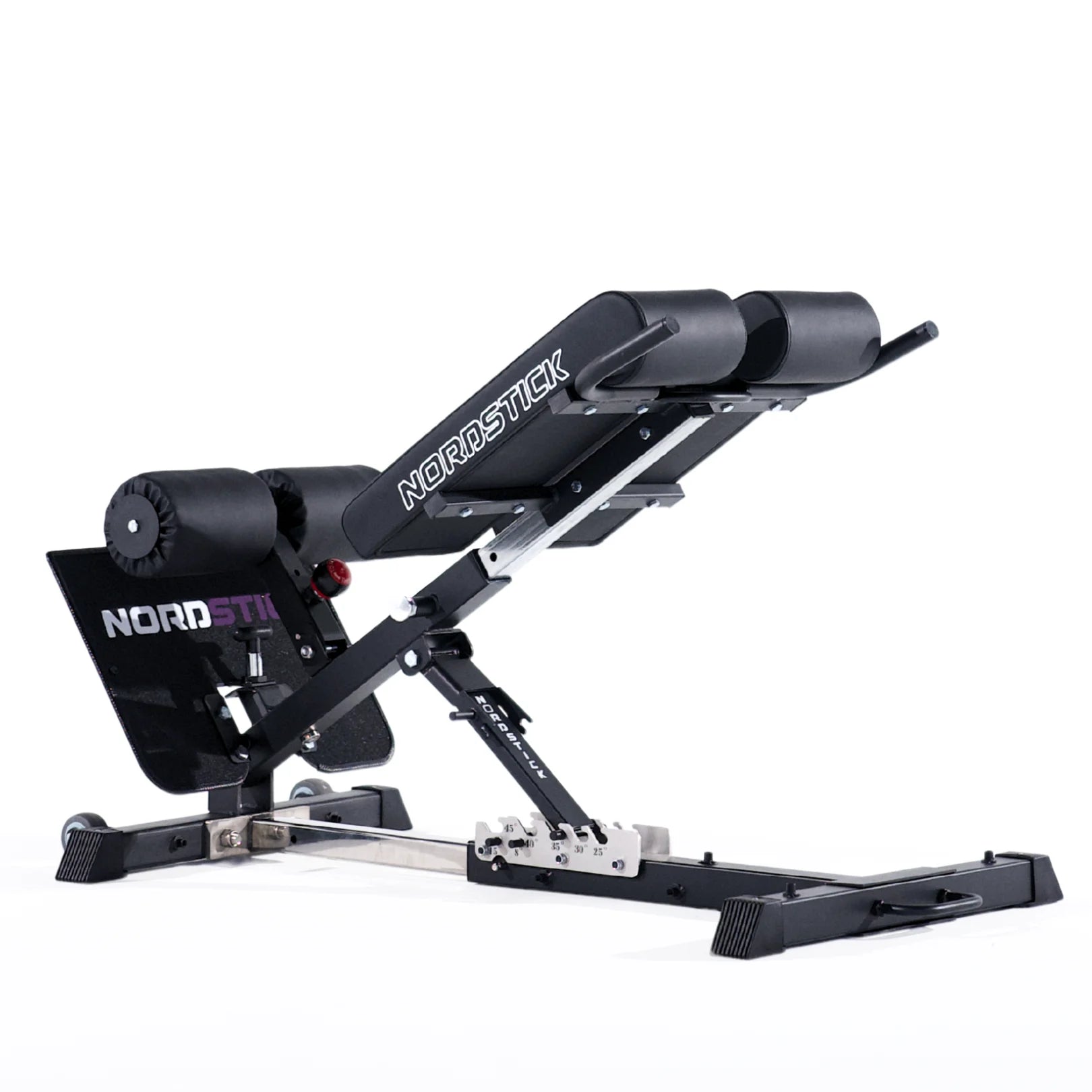





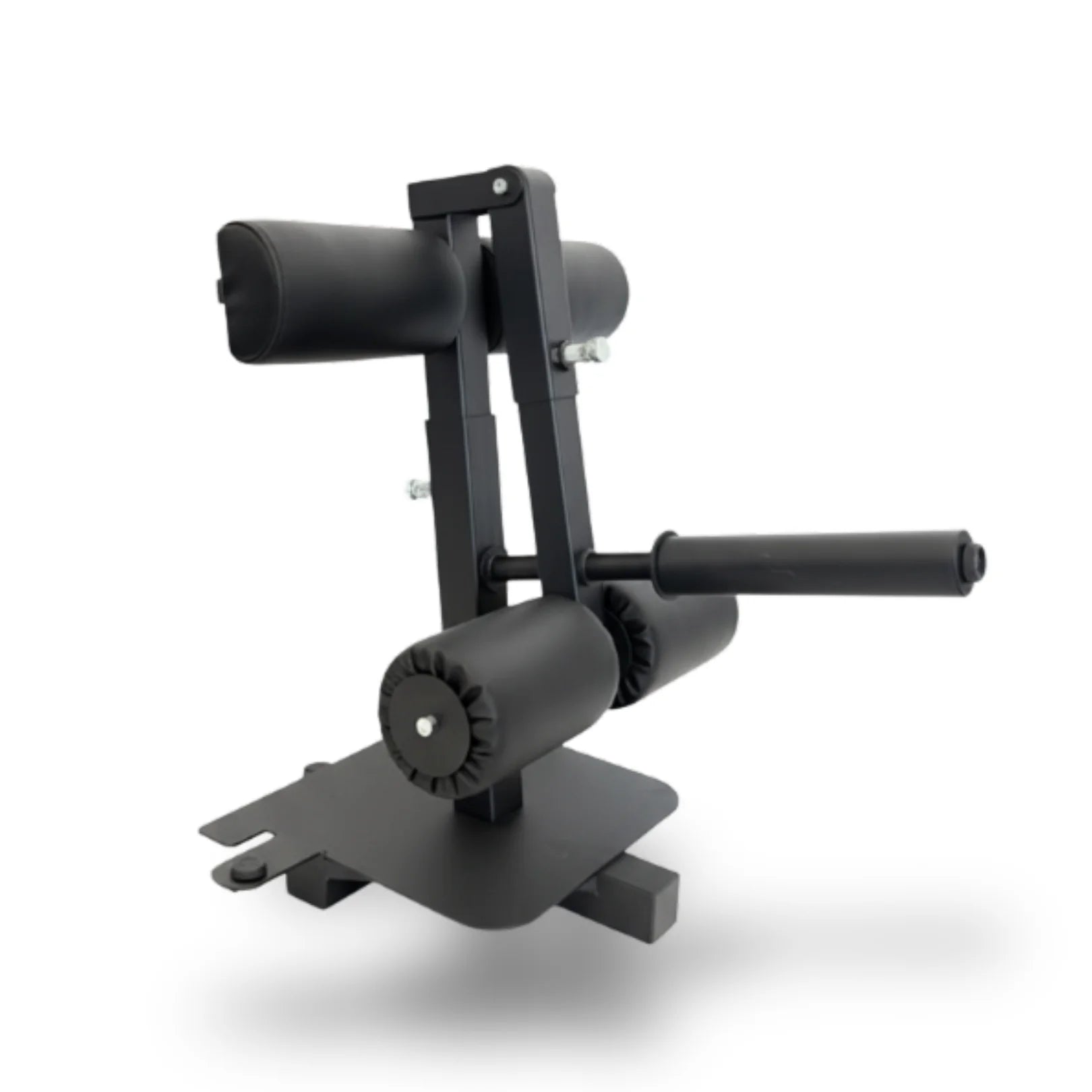
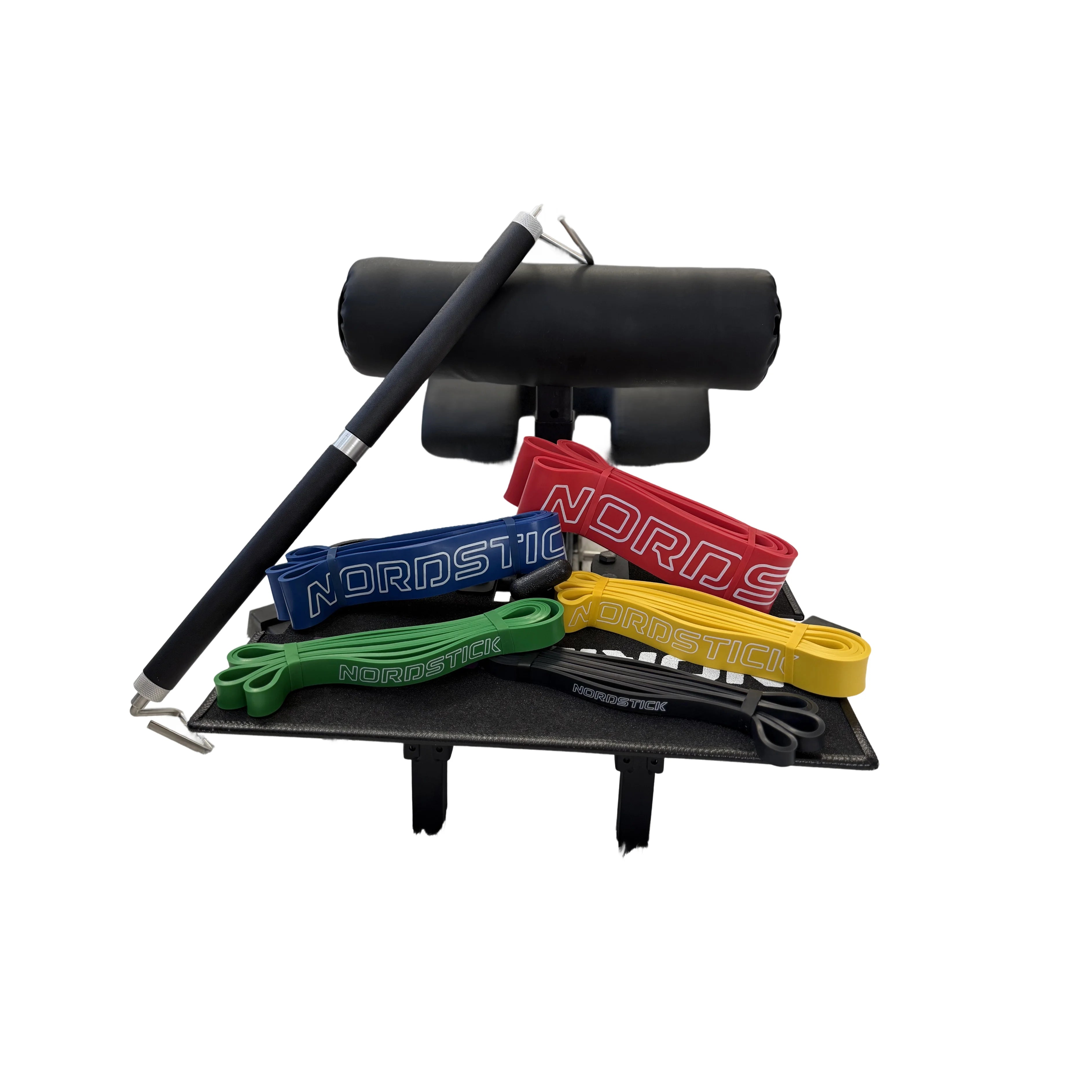
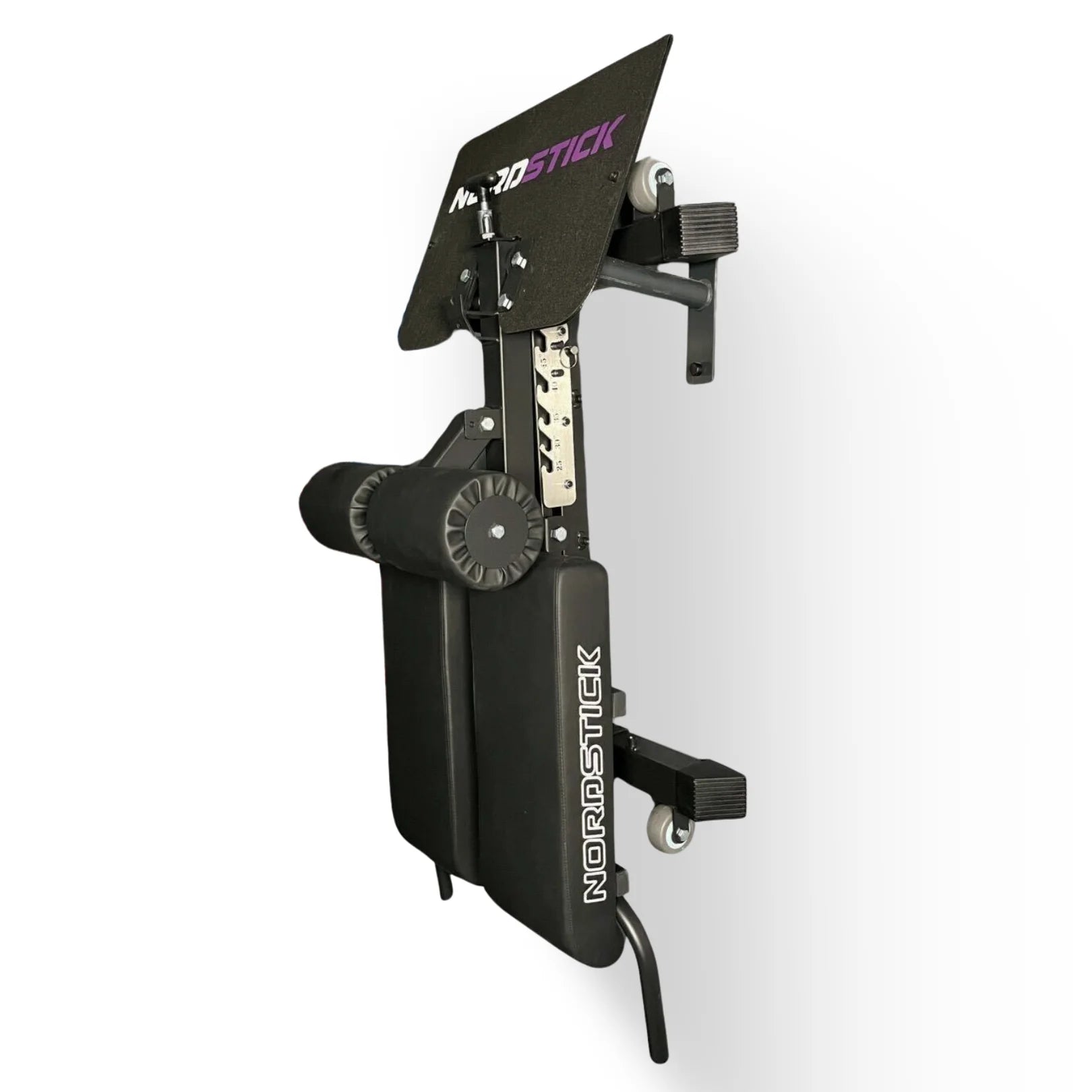
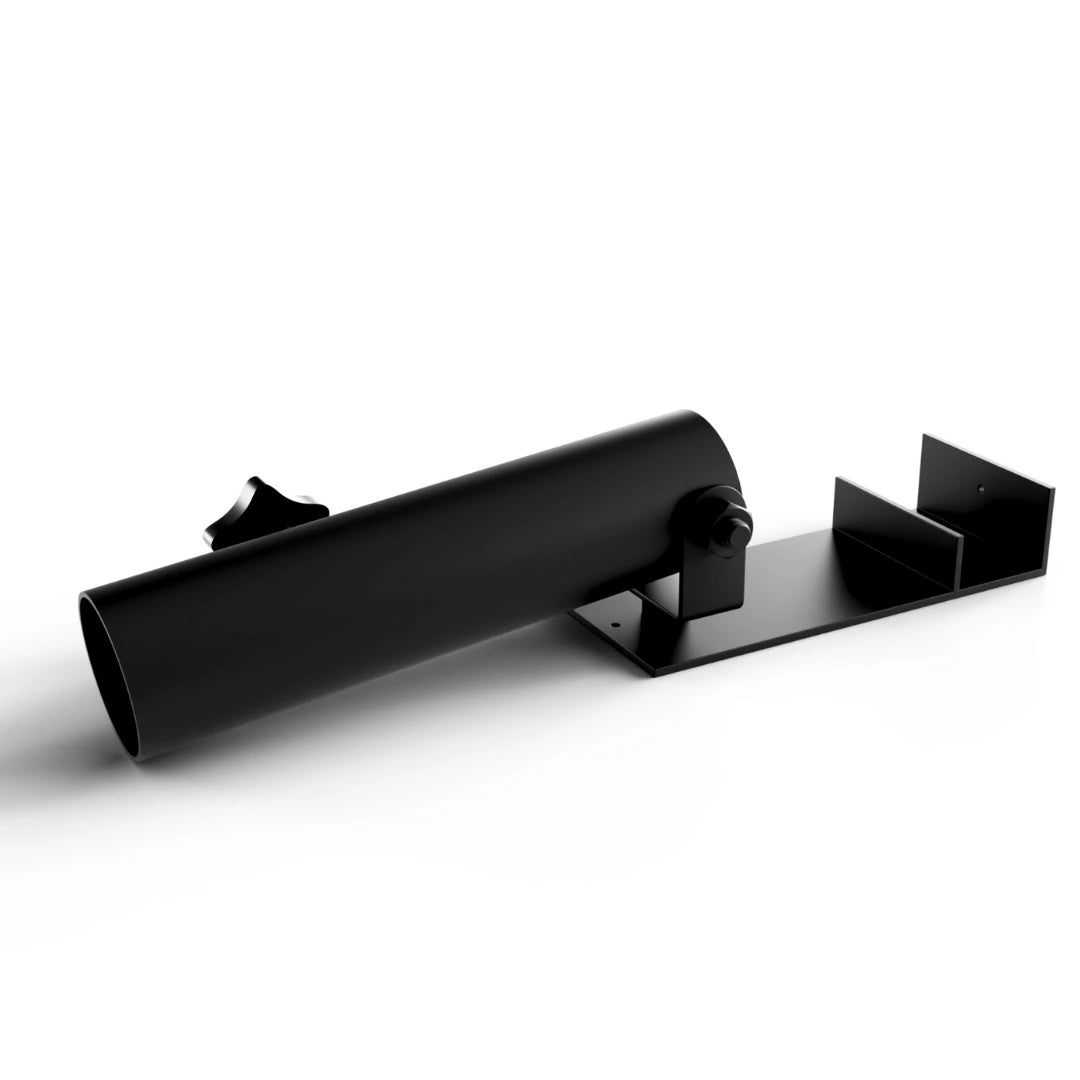
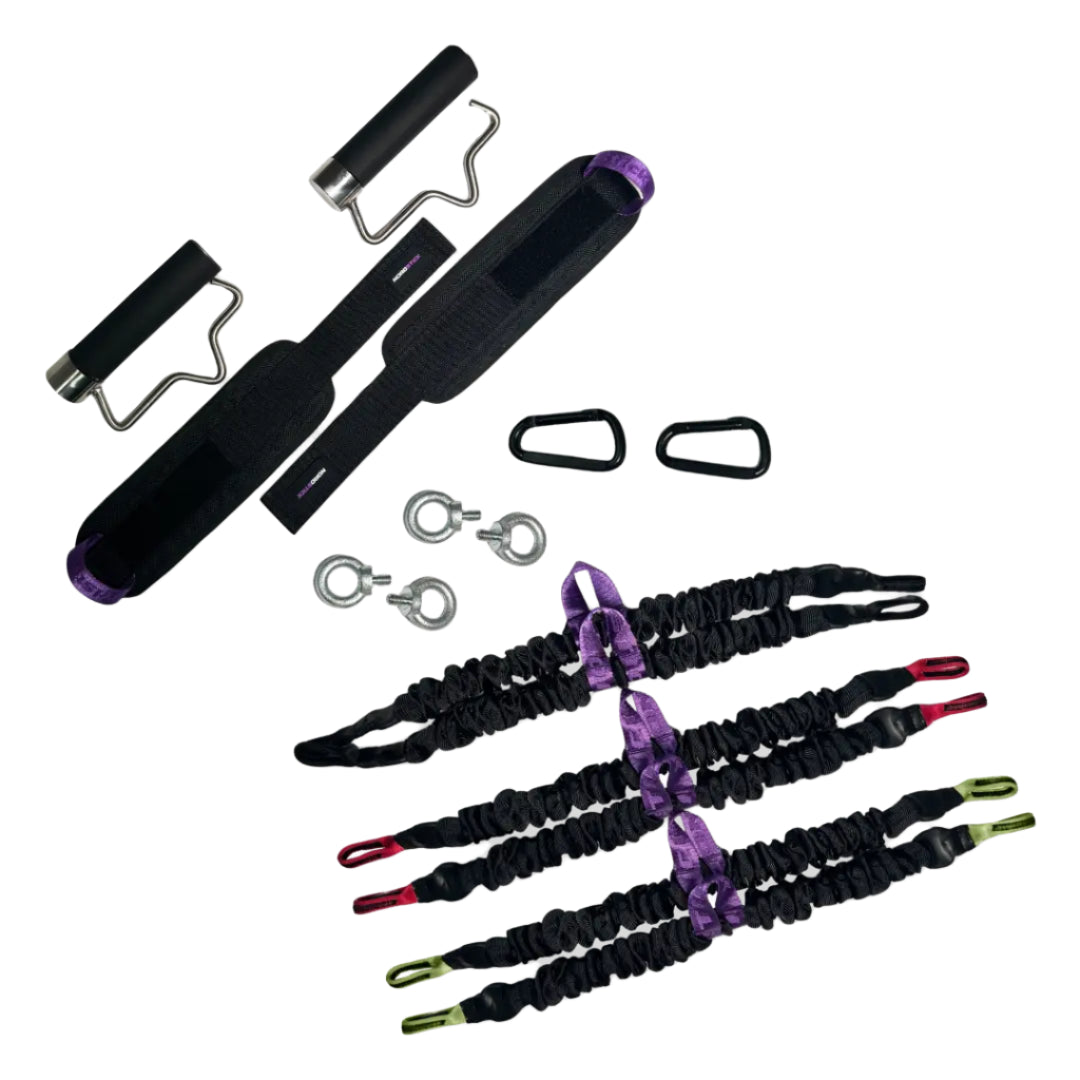
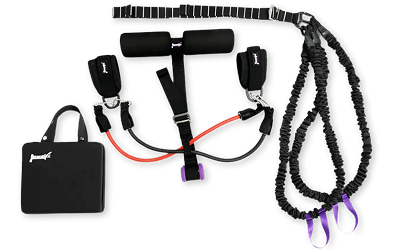
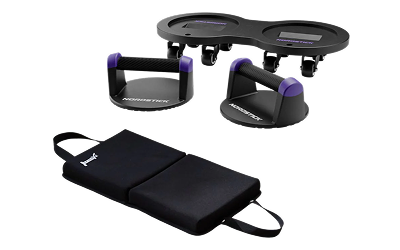
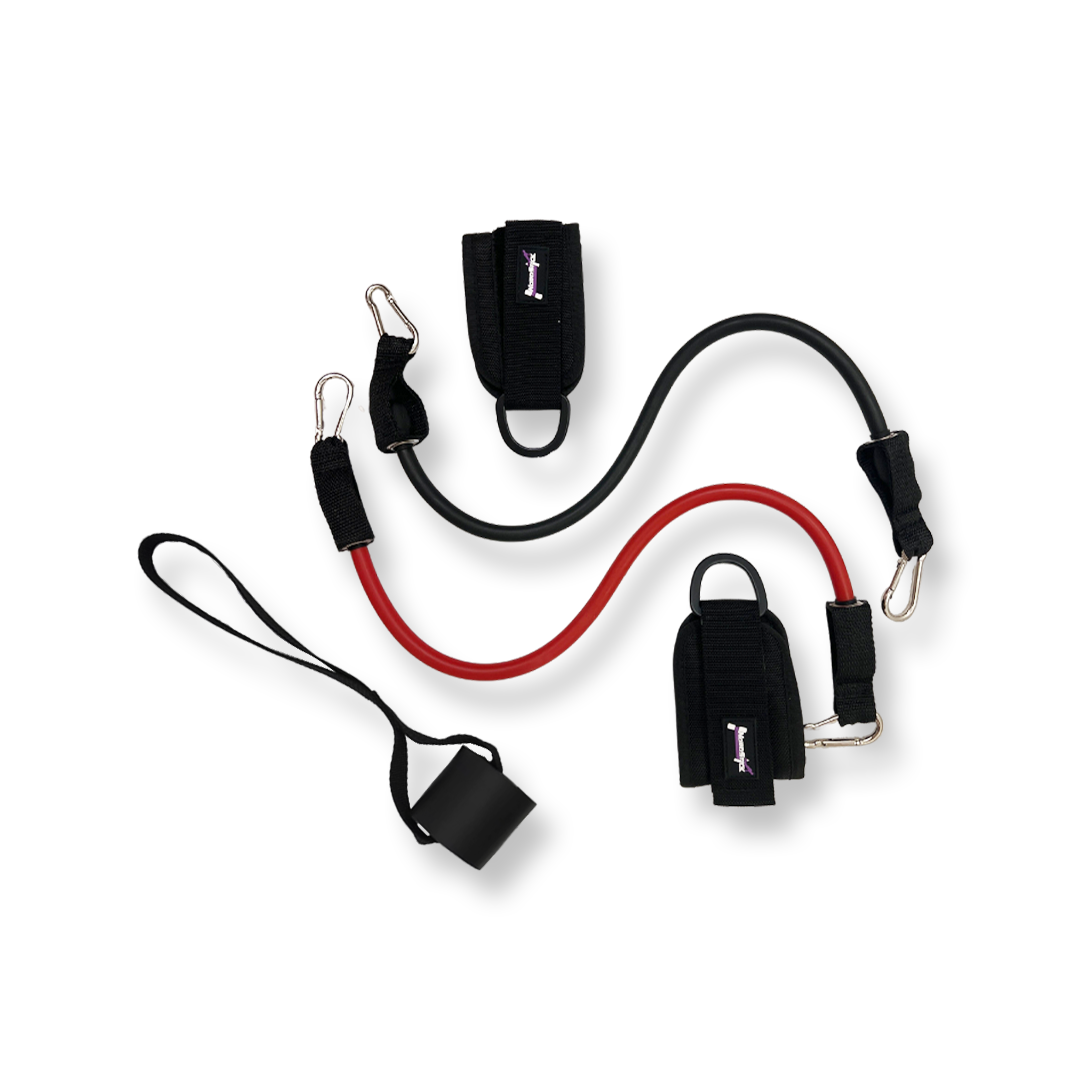
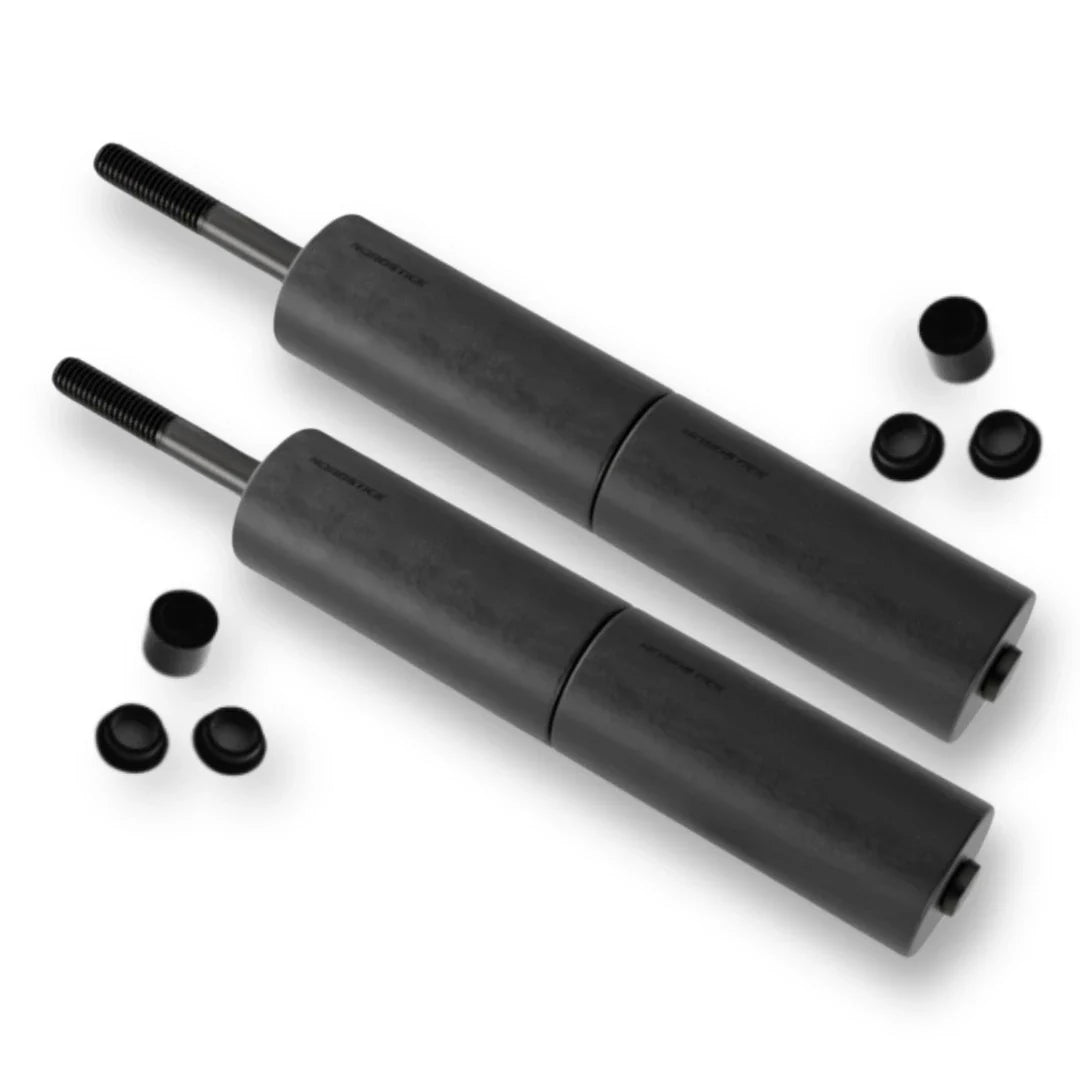
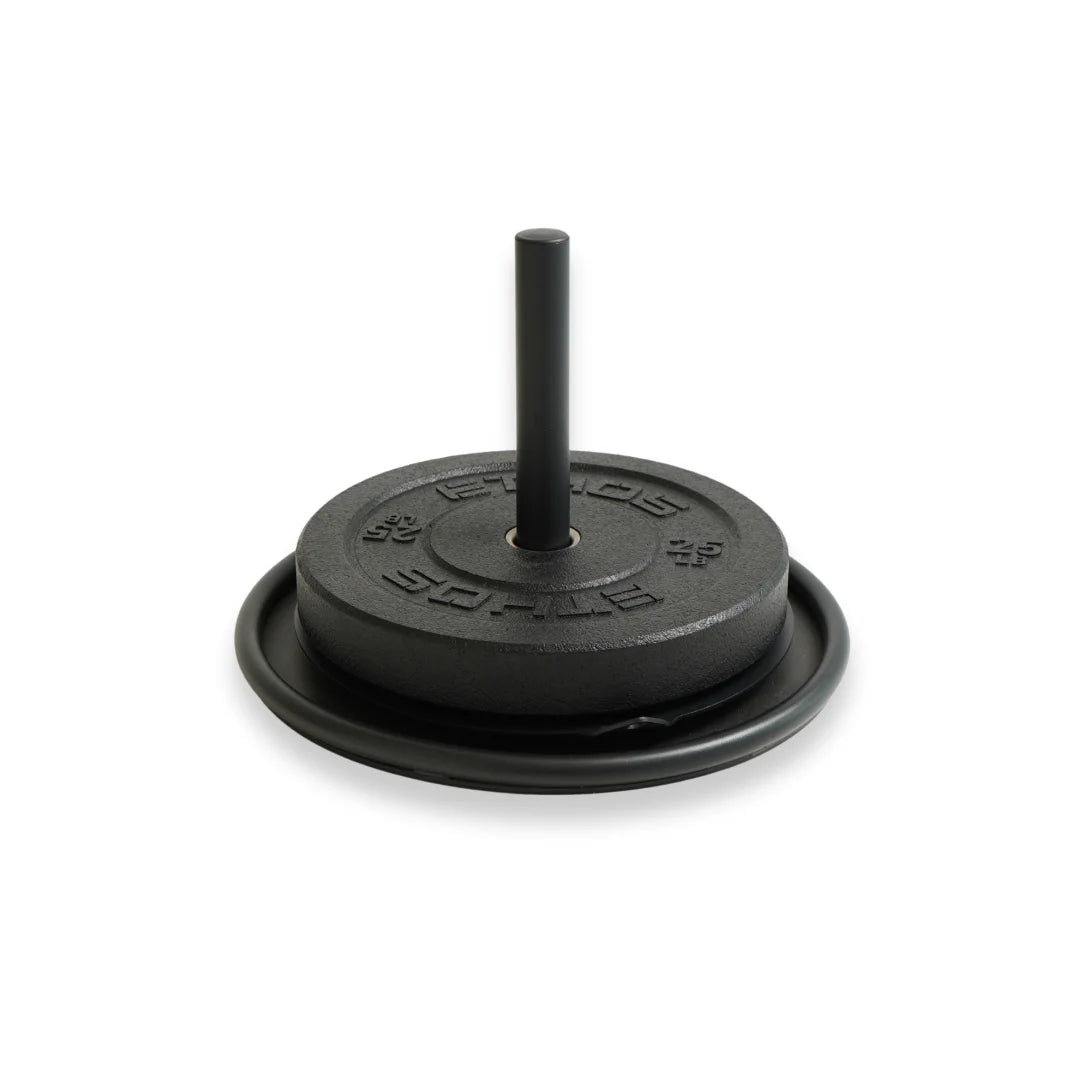
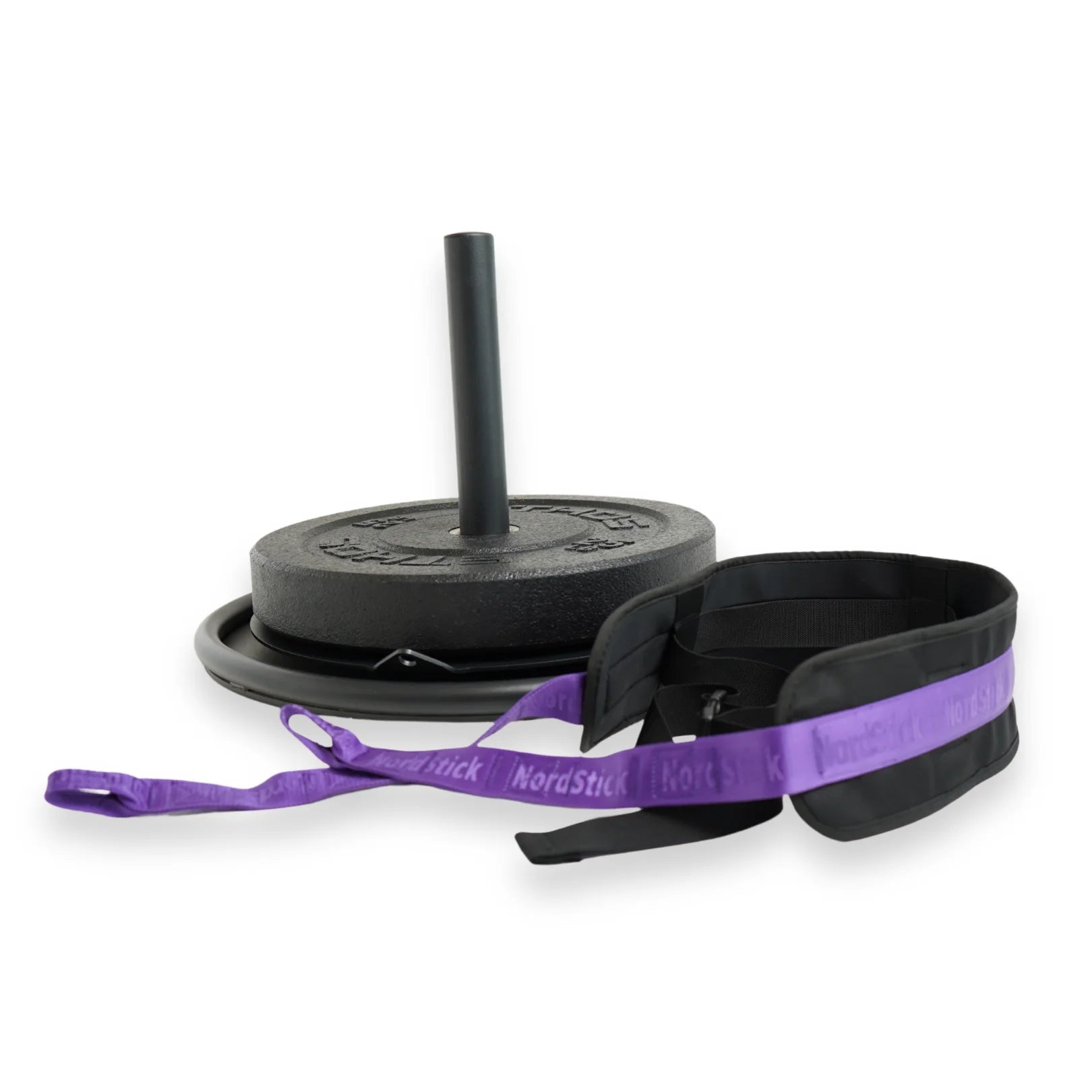
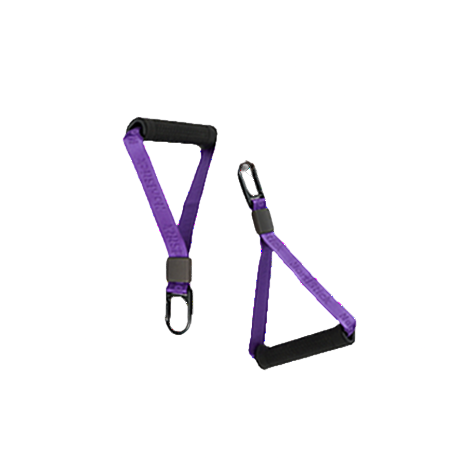
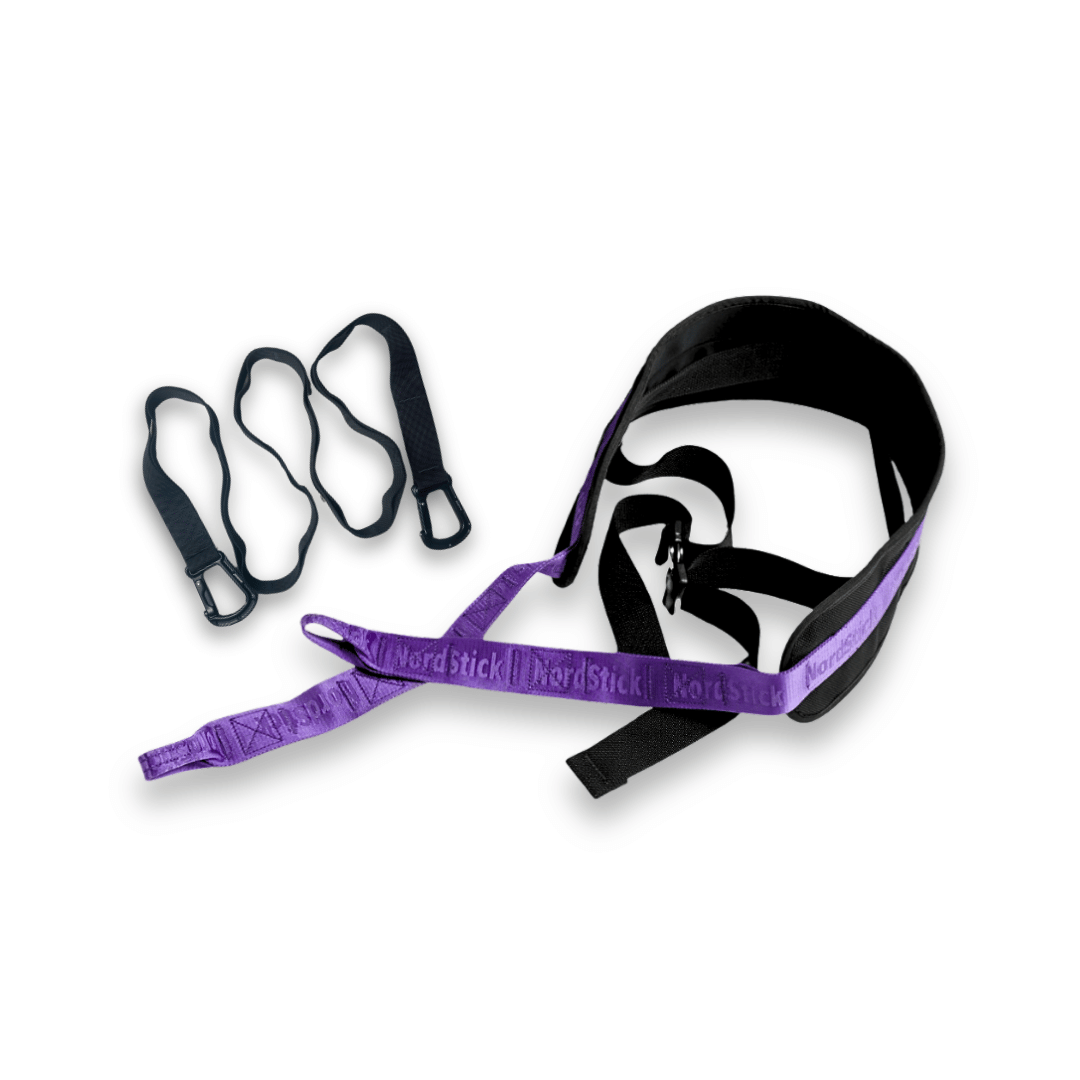
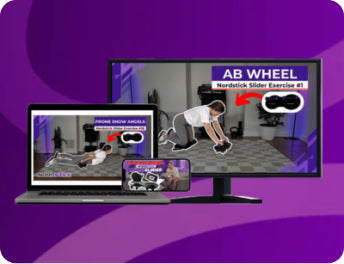

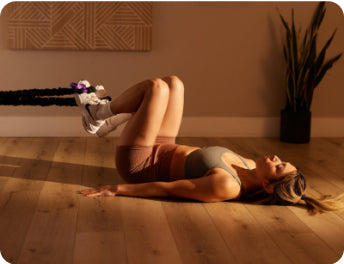
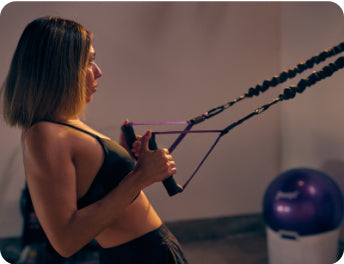

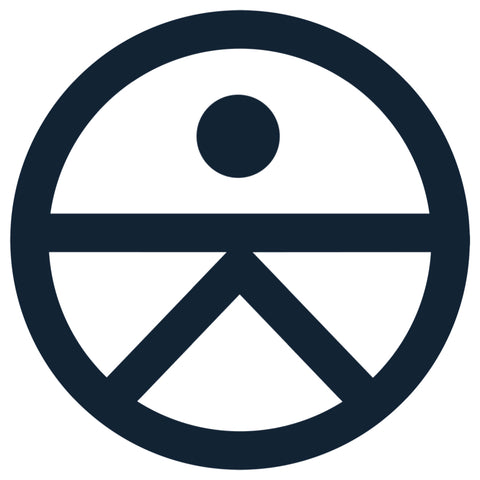
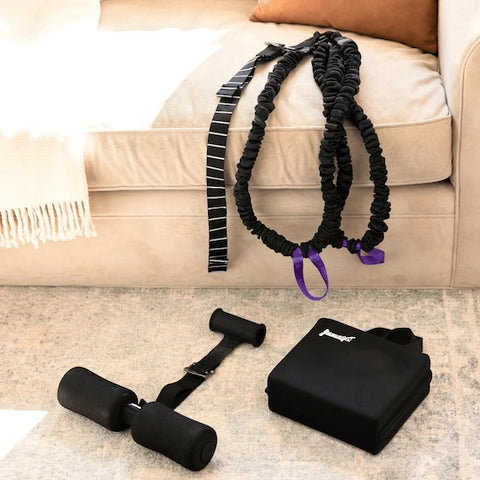
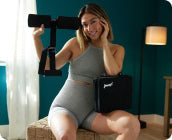
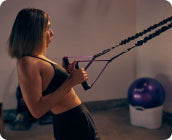
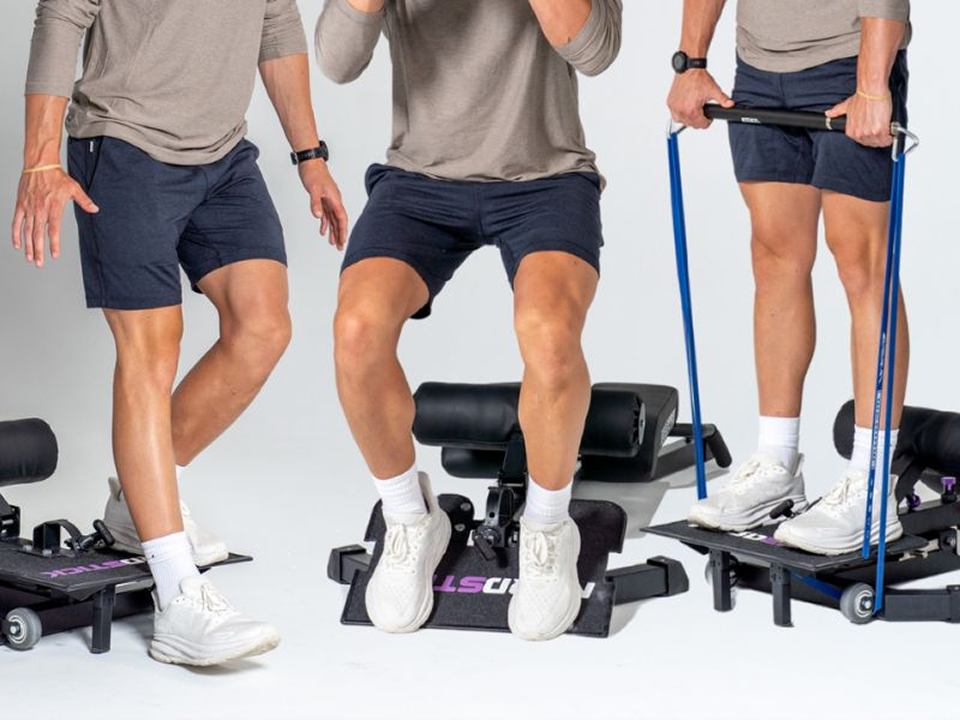
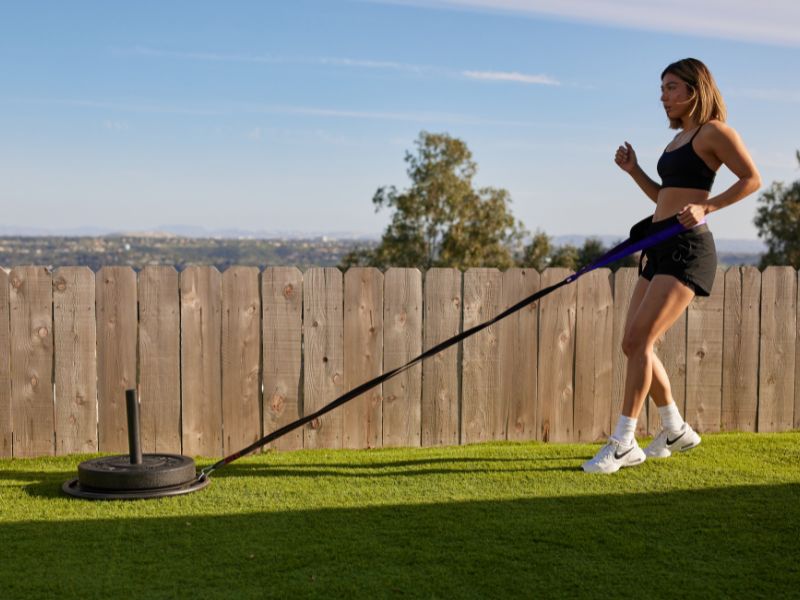

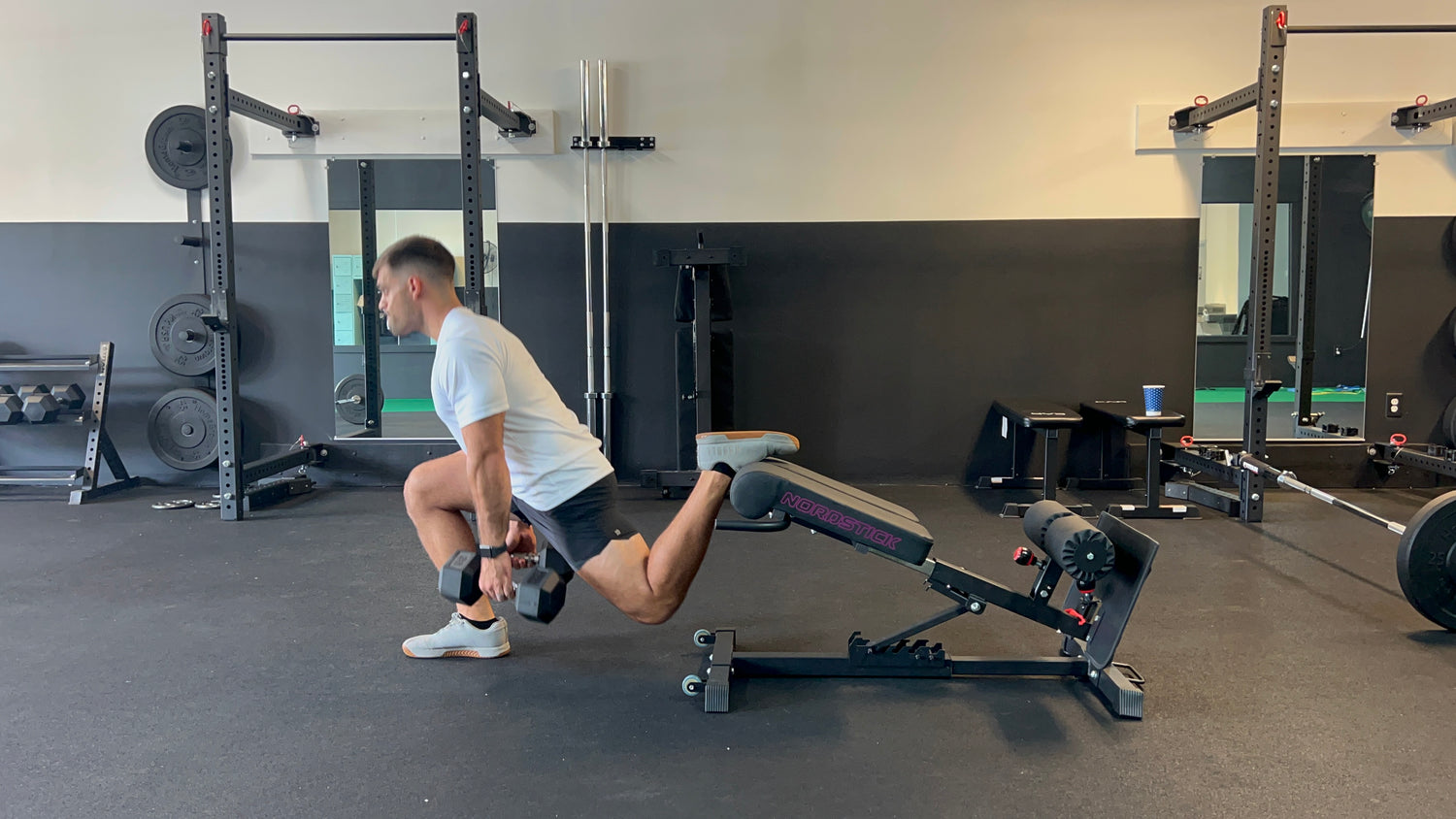

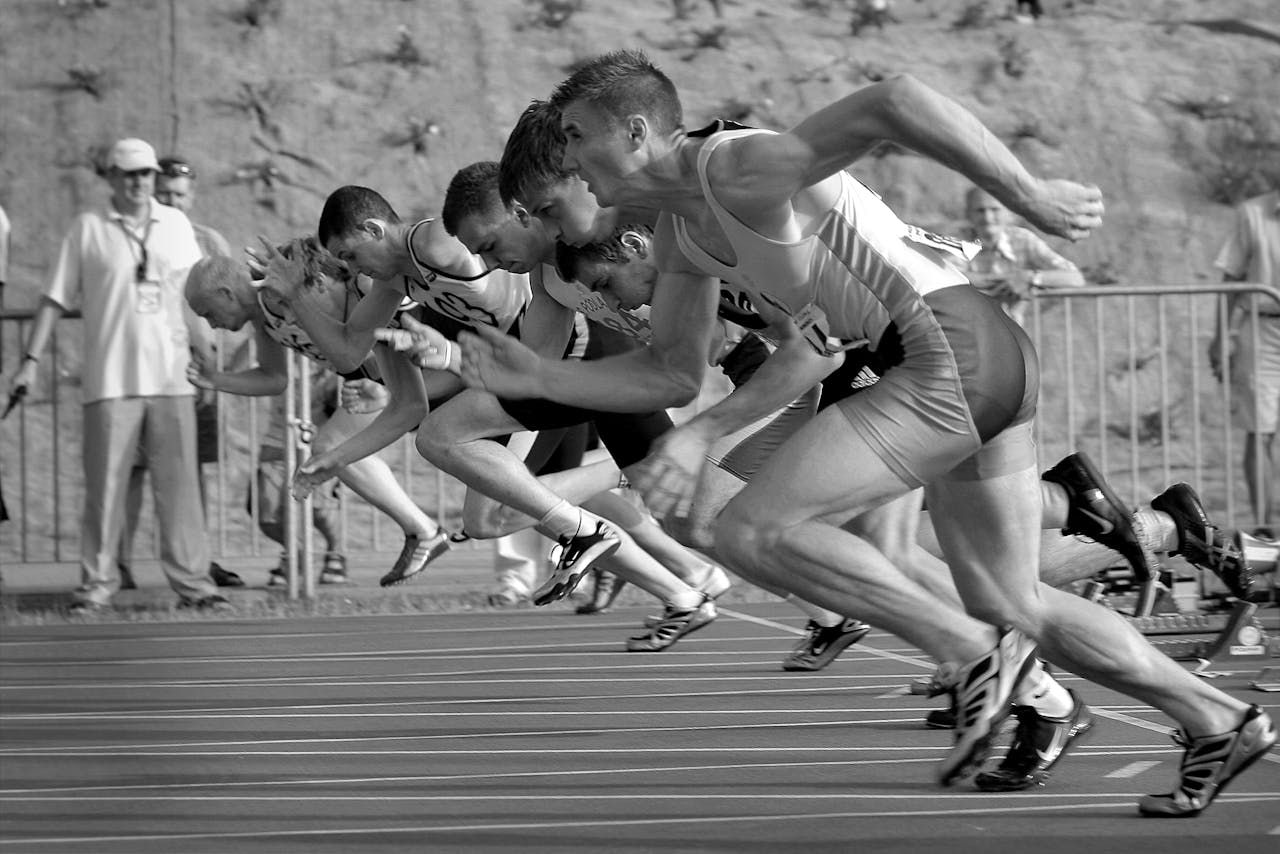



Leave a comment
This site is protected by hCaptcha and the hCaptcha Privacy Policy and Terms of Service apply.